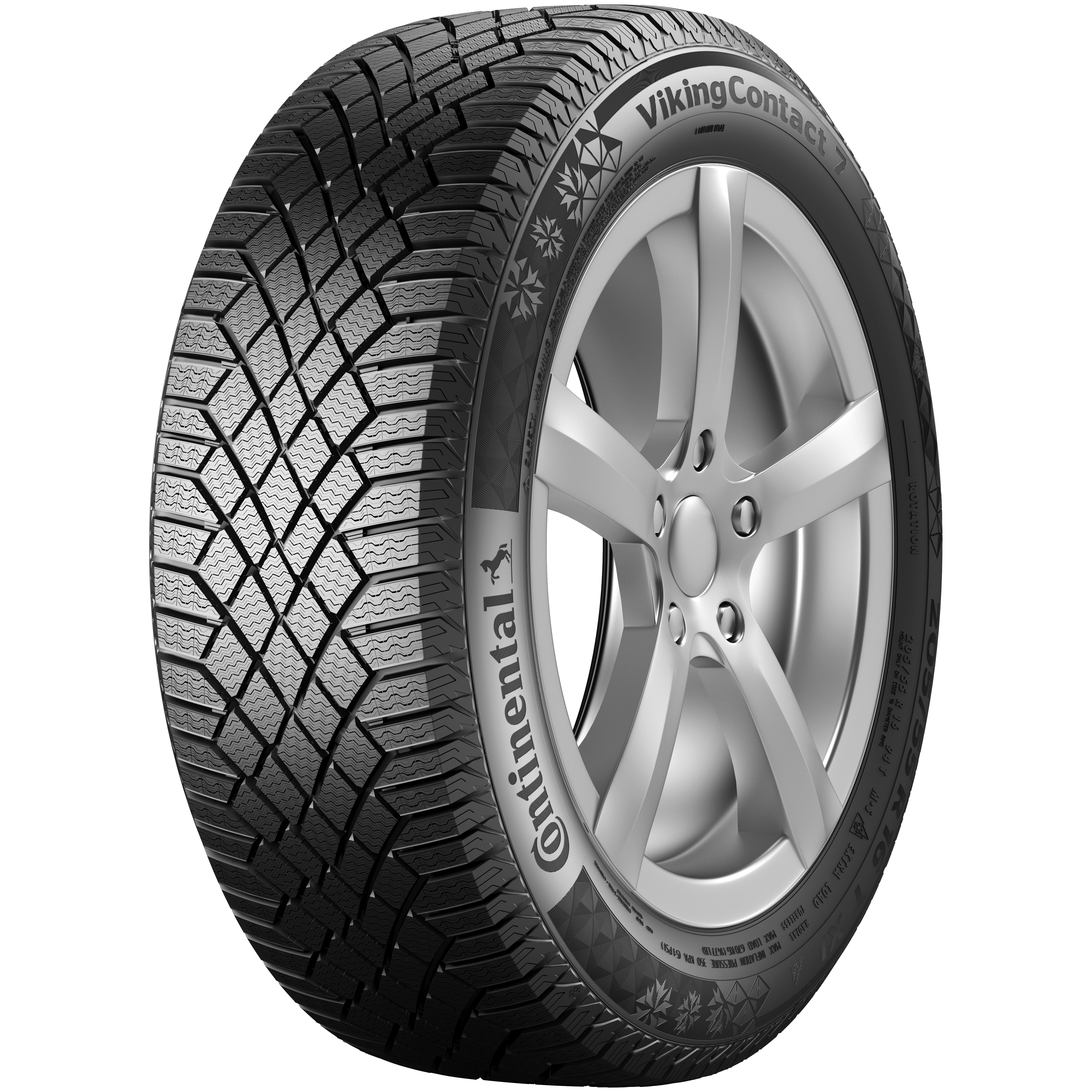
# Tire Knowledge
Winter tires or snow tires?
Here's why you should call your 'snow' tires winter tires.
It is common to use ‘winter’ and ‘snow’ interchangeably when referring to tires that perform in the winter. The truth is that snow tires should really be called winter tires and here's why!
When temperatures fall below 7°C, the soft rubber compound in winter tires continues to be pliable even in freezing temperatures, providing superior grip. That means that you can count on your tires performing at their best not only when it snows. They have unique attributes that mitigate the risks of snow, ice, and falling temperatures on the road, providing motorists with greater control behind the wheel.
Winter tires utilize a special pattern design that features wide tread grooves and sharp-angled tread blocks to press into the snow for more traction. The pattern also includes a large number of sipes, creating additional biting edges on snow and ice surfaces for impressive braking and accelerating performance
All About the Tread:
- Ribs are the raised section of the tread pattern, made up of tread blocks;
- Grooves are deep channels that run circumferentially and laterally around the tire;
- Tread blocks are the raised rubber segments that make contact with the road surface;
- Sipes are small, thin slots molded into the tread blocks.

It is important to note that winter tires feature a 3-Peak Mountain Snowflake symbol on the sidewall, indicating that it has been tested for use in extreme winter conditions. Winter tires in Canada are mandatory in provinces like Quebec. For more information on winter tire laws in Canada, click here.
Do not underestimate the performance of your tires. Trust your winter tires to get the job done - and not just when it snows!
Related Articles
-
 2024/10/17Winter tire markingsRead more
2024/10/17Winter tire markingsRead more -
 2024/10/17Winter tire laws in CanadaRead more
2024/10/17Winter tire laws in CanadaRead more
